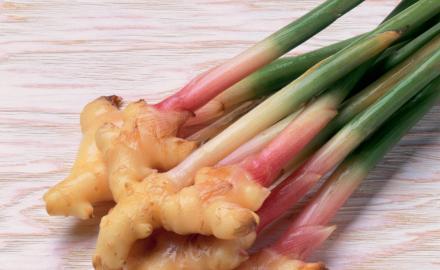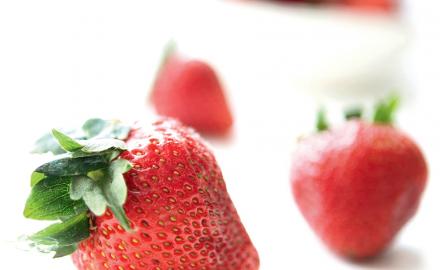Vegetable charcoal
It has been a few years since it made its great comeback everywhere across the world… but where does it come from? From 1500 B-C, vegetable charcoal was used for water purification. Then, from 1400 B-C, its curing properties pushed physicians into using it to treat different pains such as epilepsy, dizziness or even anemia. Indeed, it purifies the body, keep the skin healthy, and can even improve digestion. It can also have whitening effects: a regular use could make teeth naturally white again.
This coal should not be confused with the charcoal used for a BBQ. Created from organic plants full of carbone such as wood, bark or even olive pits, it is heated without oxygen, between 600°C and 900°C, before being released in the open air and put into water. This process gives it all its features and porosity.
Nowadays, it is widely used by catering professionals for its graphic aspect: bagels, burgers or even traditional breads are tinted in a “charcoal black”. In powder form, chefs can easily use it in their salted recipes, or even in bread dough. In India, the MasalaBar in Mumbaï offers a vegetable curry cooked with this type of coal. On the sweet side, it is also used to add an artistic touch: macaroons, pancakes or even ice creams are made with vegetable charcoal. The French chef, Akrame Benallal, created a “Mad’leine Black Orange” with vegetable charcoal in his Mad’Store located in Paris.
Thanks to its “artsy” side, vegetable charcoal stays trendy through a broader use, in drinks and cocktails for example. Mixologist Johnny Sweet, bartender at the “Jimmy at the James” in Soho (New York), created the Batman cocktail. It is made with a mix of Blackwell rhum, vegetable charcoal, pineapple juice and lime juice, scattered over with agave on crushed ice. To add a touch of uniqueness, smoothies have also been restyled with vegetable charcoal and mixed up with fruits and yogurts. Thanks to its virtues for lowering cholesterol rates, or even helping to recover from a hangover, the “charcoal lemonade”, prepared with a mixture of sweet water with maple syrup, lemon juice and vegetable charcoal powder, was a big success.
This ingredient would be the 2019 trendy touch to use in your meals, to add an artsy twist in your dishes, and it could very well become your best friend for the next few years…


